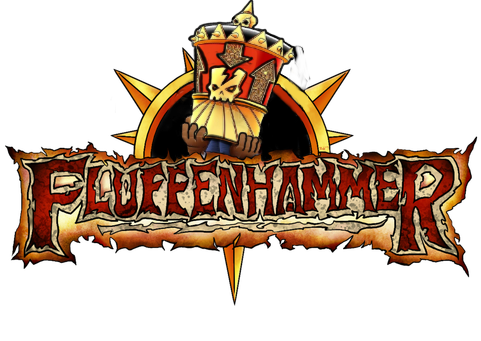Sunday Musings - Lovecraft's Screaming Twenties
As always, the idea behind a Sunday Musings is that Adam takes a concept and times an hour and a half to write it in. This week, we get Lovecrafted
Call of Cthulhu is a funny thing, isn't it. It's a game where all is possible, and it's always linked into the 1920s and only that decade. Granted, the roaring twenties is where the usually-scared of everything-including-his-own-shoes H.P. Lovecraft set his macabre tales, but I often wonder if the truth is somewhat more interesting than simply staying loyal to Lovecraft's work.
Before we begin, I am well aware of Delta Green and love it dearly, but that by default is a tale of people hunting for the weird and uncanny, not being struck by it.
It's worth remembering that Lovecraft (when not in fear of a underlit corner of his room) wrote his tales in the present of his time, which of course has become the past as the years flit by. The horror comes from the ancient terrors of the universe coming into contact with the "modern world," and yet Call of Cthullu and various mutations of it have stayed in that period. The decade has become a much of a character of the setting as Gotham City is to Batman and all the various adaptions The Dark Knight Detective has gone through, with one notable exception being Cthullu Now! by Marcus L. Rowland that started life in White Dwarf before going on to have an expanded softcover release in 1987, minus Rowland for reasons not apparent. Funnily enough, outside of the name and base premise, the two versions of Cthullu Now! have very little connecting tissue. Most of the books space, almost a third in fact, explains and describes the 1980s technology and items (Granted, mostly guns) buts stays away from what makes Lovecraft's work so well in the 1920s. There is little about the political landscape, the economic background, or even the cultural genres that rose up in that decade. Where are the Punks discovering a cult in a illegal gig? Yuppies making deals with darkness to play Wall Street? It's oddly missing and as a result of the absence it feels half made. This is not something that is down to Chaosium either, novels and films that update Lovecraft's mythos often find themselves trapped in a fearful pose, not able to be one thing or another. Unless it's Richard Stanley's "Colour Out Of Space," which is an underrated masterpiece of how to adapt Lovecraft in the 21'st Century.
It may well be that Lovecraft has become, dare I say, quaint in the modern age. It stays in the 1920s because we can look back on that sepia stained time as a place we cannot see, or travel to, and thus becomes fiction in the same way as Middle Earth, or whatever strange town near Maine Stephen King has thought up this week.
Or maybe not. Maybe it’s just easier to stay in those years, and not have to work out how such things would work in 2024. I’d like to hear your thoughts.


